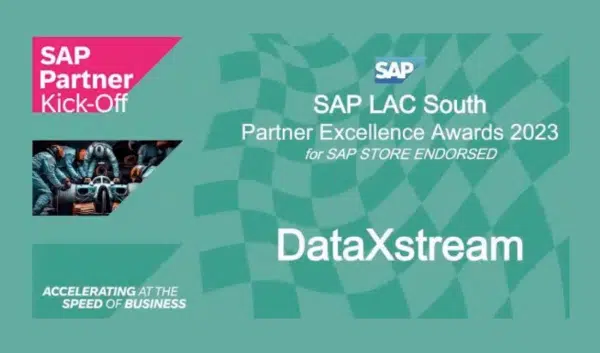While many consider cloud computing a cutting-edge technology, SAP is proving that beneficial cloud concepts can be applied to more prosaic activities. Electronic Data Interchange (EDI) hasn’t been cutting edge for decades, but some recent SAP Business Network offerings aim to not only reduce total cost of ownership, but also improve your B2B network’s robustness, nimbleness, and functionality.
This multi-part blog series aims to bring clarity and understanding of how SAP Business Networks can help modernize your company’s B2B communications network. We will explain how the SAP Business Network differs from legacy EDI solutions and ways to take advantage of the SAP Business Network offerings. We will also describe what an SAP Business Network implementation looks like. Finally, we will discuss how to integrate your on premise ERP solution with the SAP Business Network—a process called first-mile integration—while explaining some best practices, lessons-learned, and how to avoid some of the most common mistakes.
Here are the general topics I plan to cover:
- SAP Information Interchange OnDemand (IIOD) – A Primer *Now Available*
- What does an SAP Business Network implementation look like?
- Why first-mile integration matters
- Common issues with SAP Business Network integration



Craig,
Interesting topic, glad to see it going. EDI has been around so long and still has opportunity to contribute significantly to business/operating performance. But, it can also be a very challenging structure to manage with discipline and governance, harder yet to tune and adjust for business dynamics. How do you see the SAP IIOD architecture approach providing much improved capabilities for managing and improving “EDI” performance, governance and KPI analytics? How can we leverage and improve the use of this technology without increasing the complexity challenges to the associated business (enterprise and suppliers)?